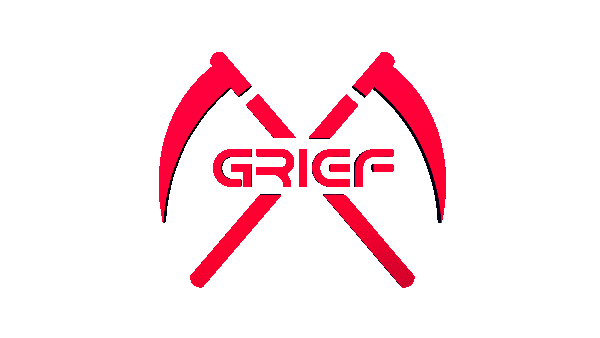Anti Product Activation Crack Sp3 Carbon ((FREE))
Click Here ->>->>->> https://bytlly.com/2tdqr2
DLCs are considered attractive for many applications. They can be used in their purest form for a perfectly scratch proof finish. For use in electronics however, a positive polarity and thus a hydrophilic surface will be the most desired. A simple method for achieving this at production scale is to introduce small quantities of silicon. The silicon atoms are then oxidized to form silicon oxides and DLC has an OH group at the surface. As the quality of the resulting DLC films on silicon can be very poor, it is more common to introduce large quantities of hydrogen during the process to move the next polarity charge to the surface. Many of the properties that make the more expensive pure ta-C so popular are also found at the lower hydrogenated forms, and there are obvious advantages to be gained by adding small amounts of various fillers. The type of fillers depends on the application. The highly sp3 bonded diamond-like carbon can be combined with most other carbon allotropes. In the past Ta-C materials were used mainly for armor coating and as such the requirements were for toughness, hardness, and abrasion resistance. The fillers have been added to materials to improve their mechanical property, thermal shock properties, electrical properties and corrosion resistance. Ta-C has been used for springs for automotive piston rings and for marine drive propellers. Ta-C has also been used in cutlery. On the other hand, hydrogenated diamond-like material, when used in electronics, has relatively low thermal conductivity and electrical resistance. Also, diamond-like carbon is thermodynamically unstable and is prone to diffusion of hydrogen and carbon. The result is a large number of sp3 bonds and a large number of sp2 bonds. The greater number of sp2 bonds leads to a relatively low density. Another problem, because of the sample nature of the hydrogen and the existence of trapped pores, is that the hydrogenation process is not very reproducible by either conventional or electrochemical methods. Electrochemical and electrochemical reduction methods rely on the formation of p-n junctions, and the resulting graphite may or may not be sealed properly. The atomic structure of hydrogenated diamond-like materials is very different from the diamond structure. The resulting extra graphite layer causes planes of diamond to be stacked above and below these p-n junctions. These junctions become pinholes, and if the pinholes are not resealed the hydrogen "leaks". This leads to voids in the sample. d2c66b5586


